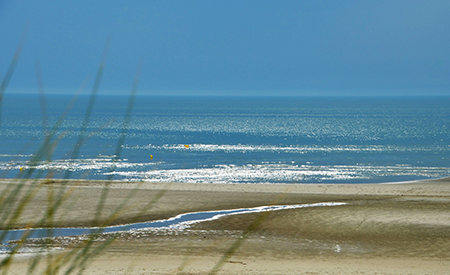/FEM/TROPHIK
Type of resources
Available actions
Topics
Keywords
Contact for the resource
Provided by
Formats
status
-

This report presents the statistical study of the effects of the implementation of the Courseulles sur mer wind farm on the emergent properties of the ecosystem
-

This study is a numerical experiment to evaluate the sensitivity and specificity of a set of ecosystem indicators, including ANS, to fishing pressure.
-

This study analyses the sensitivity of network indices to the cumulative effects of the Courseulles sur mer wind farm and climate change
-

This report presents the analysis of the effects of climate change on the spatial distribution of different marine species frequenting the study site called Baie de Seine étendue using ecological niche models
-

In the context of the development of marine renewable energies in France, the recommendations report produced within the framework of the TROPHIK project is the first French approach to an integrated study on ecosystem changes related to the implementation of an offshore wind farm.
-

This document presents an analysis of the isotopic ratios of organisms sampled on the site of the future Windfarm.
-

This paper presents an open source framework for modeling current and future ecological niches of marine species
-

This paper presents the assessment of potential impacts of changes in species distribution by climate change on the extended Seine Bay ecosystem.
-

This document identifies gaps in knowledge and emphasizes the need for long-term monitoring of marine mammals in order to better understand the impacts of wind turbines on them
-

This study investigated the effects of a spatial closure during the exploitation phase of an offshore wind farm in the extended Bay of Seine (English Channel, France) using Ecospace, a spatially and temporally explicit module of Ecopath with Ecosim.
 Catalogue PIGMA
Catalogue PIGMA